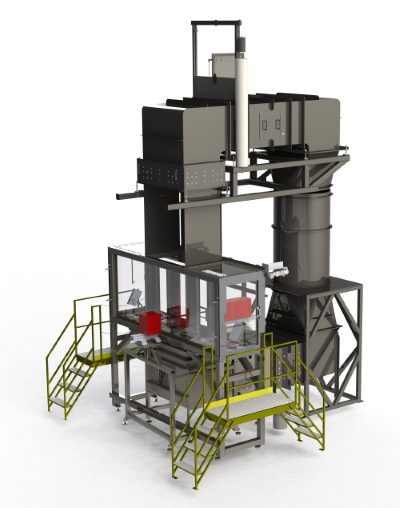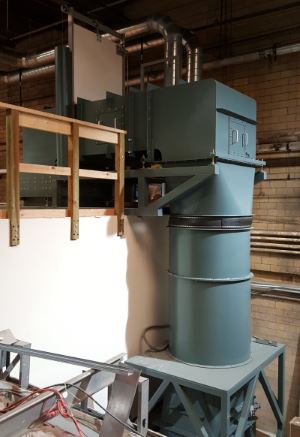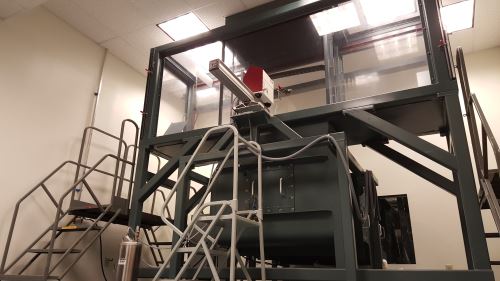 Agricultural chemicals including herbicides and pesticides are often applied to crops in liquid form by means of a spray system. These spray systems can be attached to ground equipment such as tractors and trucks or airborne equipment such as airplanes and helicopters.
Agricultural chemicals including herbicides and pesticides are often applied to crops in liquid form by means of a spray system. These spray systems can be attached to ground equipment such as tractors and trucks or airborne equipment such as airplanes and helicopters.
In either case, the majority of the sprayed chemicals reach their intended target – the crop needing treatment. However, a non-trivial percentage of the spray can drift away. Drifting agricultural chemicals can reach and adversely affect nearby people, livestock, neighboring crops, fields, streams/bodies of water and surrounding areas. Areas reached by drifting chemicals are often referred to as off-target.
In addition to the health and environmental hazards associated with agricultural spray drift, the drifting chemicals are an economic loss to the farmer – off-target chemicals are a waste of money and time. According to the United States Environmental Protection Agency (EPA):
- “Up to seventy million pounds of pesticide active ingredients are wasted to drift per year.
- One to ten percent of agricultural pesticide sprays drift from the target crop.
- Drift of herbicides can injure some crops. Crops on nearby farms can be unsellable if the drifting pesticide is not registered for use on the crop.
- State and local agencies receive thousands of complaints about drifting pesticides each year and spend substantial resources investigating drift complaints.”
The EPA has a webpage dedicated to agricultural spray drift.
Many factors affect spray drift. These include the weather (the most obvious factor), the specific spray equipment (spray nozzles and pressures), the specific chemical or combination of chemicals and the famer’s skill and understanding of proper application techniques.
To reduce spray drift, agricultural chemical companies (herbicide/pesticide producers and additive/drift-reducing adjuvant formulators) and spray system manufacturers are working diligently. To characterize and quantify their research, wind tunnels are being employed to directly measure droplets produced by sprayer systems.
Croda Crop Care Business commissioned The Wind Tunnel Company to design and manufacture a low-speed wind tunnel (recirculating spray chamber) based on their needs. The complete system (wind tunnel, traversing spray system, data acquisition and control system) was commissioned in July 2015.
- Top Speed: 15 mph (24 kph)
- Spray Chamber / Air Jet Dimensions: 48” W x 30” D x 48” H (122cm W x 76cm D x 122cm H)
- Configuration: closed-loop, single return
System Features
- Mist Eliminator: To contain and collect sprayed solutions, the wind tunnel circuit employs a mist eliminator device.
- Industrial-grade Fan: The wind tunnel circuit is driven by a highly-balanced industrial-grade axial fan. Commonly used in the mining industry for ventilation, this type of fan is designed for continuous use in harsh environments.
- Automated Spray and Traverse Systems: Sprayer droplets are typically measured with a 2-component (source and receiver) laser system. In order for the laser system to function, the two components must be perfectly aligned at all times. Instead of traversing the laser through the sprayer plume/fan, the sprayer is traversed through the laser viewing area.
- Data Acquisition and Control (DAC) System: Utilizing National Instruments (NI) hardware and a custom-made executable application written in LabVIEW, the DAC system:
- measures critical instrumentation (pressures, temperature, humidity, position, speeds, safety switches, etc.)

- automatically controls fan speed based on Operator input and instrumentation measurements
- automatically controls the spray system based on Operator input and instrumentation measurements
- automatically controls the traverse system based on Operator input
- automatically collects system parameters; measured and calculated
- automatically operates in ‘script’ mode for lengthy experiments
- triggers the laser system
- measures critical instrumentation (pressures, temperature, humidity, position, speeds, safety switches, etc.)
- Laser Stand: The stand is a rigid structure straddling the airflow circuit with two same-plane mounting platforms for a laser system. The stand is completely isolated from the ducting and stands on vibration-isolation feet.
- Laser System: Laser systems are available from several sources, directly.
- Circuit Purge System: To reduce humidity in the recirculated air, the wind tunnel circuit includes a purge system. Computer-controlled pneumatic actuators open and close a series of Guillotine dampers to exchange humid air with dryer air.
- Safety: The spray chamber and airflow circuit are equipped with a) emergency-stop buttons and b) interlock switches. If an emergency-stop button is pressed or if a circuit interlock switch is broken during use, the system (fan, traverse and sprayer) is brought to an immediate and safe stop. Safety is our primary concern.
Agricultural spray drift is an issue affecting the whole world. Feel free to contact The Wind Tunnel Company with questions about our wind tunnel system as a drift reduction technology (DRT).

